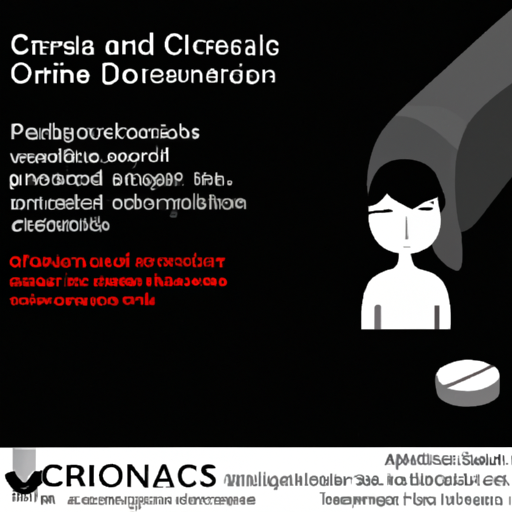Canada’s Efforts Towards Combating the Escalating Opioid Crisis
In the contemporary world, Canada continues to grapple with a serious Opioid Crisis that is fuelled by drugs such as fentanyl and oxycodone. To understand the profundity of this dire situation, it is essential to recognize that opioids can grip anyone, from teenagers to seniors, irrespective of socio-economic status or racial background, leaving ravages in their wake.
The Opioid Epidemic and Its Consequences
Opioids, particularly fentanyl, have been dubbed as the leading cause of accidental death in Canada, with nearly 15 lives lost per day due to overdoses. The implications of opioid misuse are staggering. Over and above the loss of life, the opioid crisis takes a heavy toll on public health and safety. It fosters homelessness and crime, straining judicial systems and community resources. Additionally, it has devastating psychosocial implications for those grappling with addiction, including mental health disorders and social isolation.
Canadian Government Responds to the Opioid Crisis
Stringently aware of the scale of the crisis and the dire need to curb it, the Canadian Government has ramped up efforts to combat the opioid crisis. One facet of these endeavors is an expansion of the country’s drug strategy aimed at staving off more opioid-related fatalities.
As reported by CP24, these recent initiatives place significant emphasis on harm reduction. This approach rests on the belief that helping users maintain their health, avoid overdosing, and seek treatment is pragmatically and ethically preferable to punitive measures that often ignore the underlying issues at the heart of drug addiction.
Naloxone: A Major Stride in Preventing Opioid Overdoses
A key component of Canada’s expanded drug strategy is the promotion and dissemination of naloxone kits. Naloxone is a life-saving medication that can temporarily reverse overdoses caused by opioids. This initiative illustrates the government’s commitment to proactive and preventative measures in the face of this crisis.
Further, Canada’s approach extends to funding harm reduction efforts, offering financial assistance to provinces and municipalities to establish supervised consumption sites, and subsequently integrating them into local healthcare systems, thereby increasing access to opioid substitution therapies.
Key Points:
- The death toll from opioid overdose is dire, claiming approximately 15 lives daily across Canada.
- The opioid crisis fuels societal ills such as homelessness and crime rates, straining public resources, and exacerbating mental health issues.
- The Government of Canada has adopted a harm reduction approach in response to the crisis, placing significant emphasis on health maintenance, overdose avoidance, and access to treatment.
- Canada’s expanded drug strategy includes the widespread provision of naloxone kits, a life-saving medication that can temporarily reverse an opioid overdose.
- Financial assistance is being provided to establish and integrate supervised consumption sites into healthcare systems, augmenting access to opioid substitutes.
In Conclusion
The opioid crisis poses a monumental challenge for Canada and a collective approach is required to face it head-on. Understanding the root causes, societal effects, and appropriate ways to combat this crisis is critical. By focusing on harm reduction, prevention, and treatment accessibility, Canada exemplifies a compassionate and ethical approach to addressing this crisis.
Although these efforts may not abolish the crisis overnight, they represent a dedicated and relentless fight against a powerful and complex adversary. By continually prioritizing lives over punitive measures, hopefully, the chords of addiction can be disentangled, saving not merely individuals but the very fabric of Canadian society.
